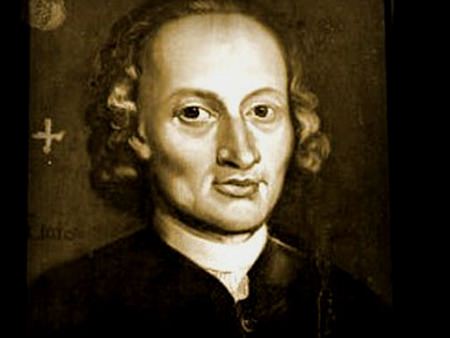
The other day I was reminded about the old joke about a Yorkshire band-master who asks one of the young brass players, “Aye lad, do you play The Trumpet Voluntary?” “No, replies the boy, “My dad makes me.”
The Trumpet Voluntary dates from around 1700 and is more correctly known as the Prince of Denmark’s March. For years it was attributed to Henry Purcell but research in the 1940s revealed that it was written by Jeremiah Clarke, one of the few composers who ended his life by suicide. Although Clarke wrote many choral works, today he’s known only for this single piece.
The grandly-named Russian composer Mikhail Ippolitov-Ivanov is known today for a movement entitled Procession of the Sardar from his orchestral suites Caucasian Sketches. And do you know? There are dozens of other composers who are remembered by the general public for just one piece of music.
Luigi Boccherini was a prolific composer who is remembered largely for the so-called Boccherini Minuet. You’d assume from this title that he wrote only minuet but he actually composed hundreds of them, along with countless other works. Jules Massenet wrote over thirty operas as well as oratorios, ballets and orchestral works yet he’s known to the general public for one piece, the Meditation from his opera Thaïs (TAH-ees). Then there’s Johann Pachelbel. He lived during Germany’s middle baroque and specialised in organ music. He wrote choral music too, but it’s the organ works for which he’s best remembered, with over two hundred works for the instrument.
Pachelbel was one of the most successful composers of his time, yet today he’s generally known for one short piece. Baroque music fell out of fashion during the eighteenth century and by modern times Pachelbel’s music had become largely a historical curiosity. Then along came the French music historian and conductor Jean-François Paillard who established his own chamber orchestra with the intention of recording baroque works for the French Erato label. His 1968 recording of Pachelbel’s Canon and Gigue for three violins unexpectedly rocketed the piece from centuries of obscurity to international recognition.
Johann Pachelbel (1653-1706): Canon in D (original version). Voices of Music (Duration: 04:30; Video 1080p HD)
While many of his organ works have been preserved, little of Pachelbel’s chamber music has survived the centuries. The circumstances surrounding the composing of this piece are unknown but it probably dates from the 1690s. One historian has suggested that it might have been composed for Johann Christoph Bach’s wedding. Even today in both Europe and America, it’s a popular choice for weddings – and funerals. But why?
Perhaps people are attracted to the plodding bass line or perhaps the satisfying repeated chord progression which has since been borrowed by many lesser composers. Or perhaps it is fascinating build-up of sounds in the canon itself. And in case you’re wondering, a canon is a piece based entirely on the counterpoint created by melodies weaving around each other. The simplest form of canon is a round like Frère Jacques in which voices enter at different moments with the same melody.
During the renaissance and baroque, composers found canons fascinating because the original melody could be modified and elaborated in countless different ways. This is exactly what Pachelbel did. In this video, the music is played on original instruments and includes a theorbo, a plucked instrument of the lute family. It’s pretty much how the composer might have heard it.
While Albinoni is mainly remembered today for his instrumental music and especially for his concertos, in his day he was known as an opera composer. Strangely enough, few of his operas were ever published with the result that the scores have been lost. Fortunately, nine collections of instrumental works were eventually published and must have been successful because they were often reprinted. Albinoni was evidently the first Italian composer to write concertos for the oboe and he was favourably compared to Corelli and Vivaldi.
Like the Pachelbel work, there’s a fascinating twentieth century connection. Remo Giazotto was an Italian musicologist and composer, best known for his catalogue and biography of the works of Albinoni. In 1958 he published a composition crisply entitled Adagio in G Minor for Strings and Organ on Two Thematic Ideas and on a Figured Bass by Tomaso Albinoni. Originally he claimed that he’d reconstructed the piece from a hand-written fragment by Albinoni but later changed his story, and announced that it was his own original composition. Perhaps royalties had something to do with it. However, after Giazotto’s death in 1998, evidence came to light that he probably used a tiny fragment by Albinoni, although most of the work was almost certainly composed by Giazotto himself. It’s all a bit puzzling, so it’s probably better just to sit back and enjoy the music.
To watch these YouTube videos, either use your Smartphone to read the QR codes or go to this article online, click on the “live” links and go direct to the videos. If you have a laptop, sound quality can be improved significantly by using headphones or external speakers.





